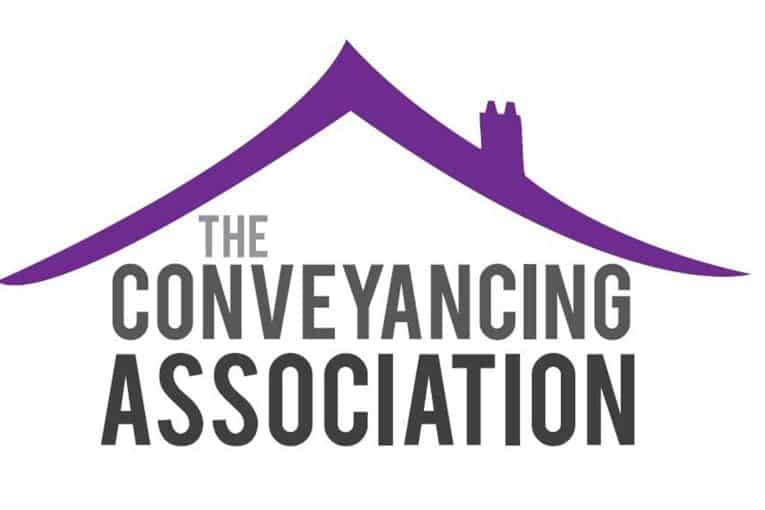The Conveyancing Association introduces the “Future Digital Conveyancing Protocol”
The Conveyancing Association (CA), the leading industry organization for conveyancers, has introduced its Future Digital Conveyancing Protocol document to assist firms in harnessing the full potential of digital services that support the home buying and selling process. This initiative aims to enhance the efficiency and safety of the conveyancing process.
This specific Protocol offers a set of recommendations tailored for conveyancers representing both buyers and sellers. Its purpose is to empower forward-thinking firms to leverage available digital technology and increase the utilization of upfront information.
The CA noted that the Protocol’s release precedes several upcoming technological initiatives poised to enhance process efficiencies, such as the implementation of digital ID (currently in legislative progress) and digital signatures (under pilot testing by HM Land Registry in collaboration with multiple firms).
Furthermore, the Protocol anticipates the forthcoming guidance from the National Trading Standards Estate and Letting Agent Team (NTSELAT) regarding material information usage. This guidance, expected in the Autumn, is likely to include a review of Part A information and the introduction of Parts B and C.
The CA Protocol encompasses its overall objectives, rationale for firm adoption, its application, and provides comprehensive insights into the process approach. It outlines the digital applications, products, and services available to firms, their alignment with regulatory and governmental requirements, and the scope of information they can encompass.
Additionally, the Protocol furnishes a wealth of recommendations for firms depending on whether they are representing the seller or the buyer.
In response to the launch of the Future Digital Conveyancing Protocol, the CA plans to update both its Technical Protocol and Pledges in the coming weeks. The organization is also committed to keeping the Digital Protocol itself up-to-date in response to upcoming initiatives and legislative developments expected in the following months.
